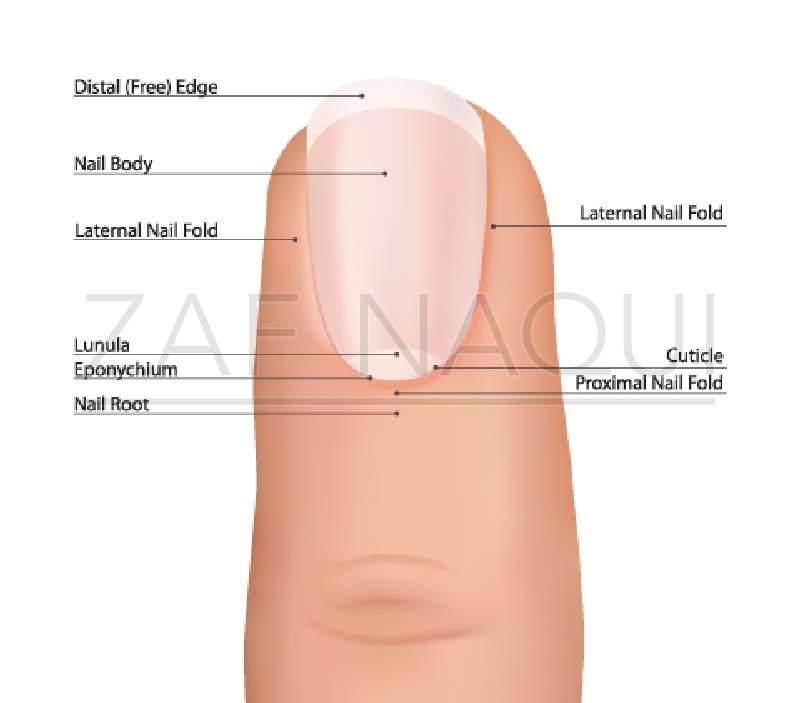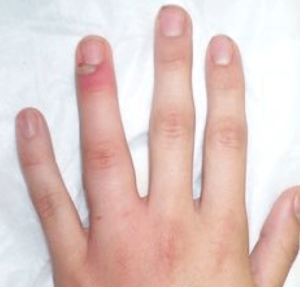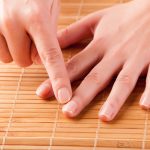Nail Infection


What is it?
The nail area is a complicated structure comprising the nail (called the nail plate) and the nail bed from which the nail grows and which also keeps the nail attached. Surrounding the nail is the cuticle, which encases the nail.
Who gets it and what causes it?
Nail infections can occur following nail biting and injury / splinters.

What are the signs and symptoms?
Patients can experience pain, swelling and discharge at the fingertip. Pus can collect under and around the nail and this can be especially painful.
What tests will I need?
The first step is to undergo a consultation, involving a medical history and clinical examination. Mr Naqui may organise further tests such as an x-ray. An x-ray can reveal if there has been an infection of the bone underneath the nail bed.
What is the treatment?
Primary treatment usually includes the use of antibiotics.
If there is a collection or pocket of pus, this is usually best treated by opening the side of nail cuticle and releasing the infected area. Mr. Naqui will discuss the options with you.
What does the surgical treatment involve?
Surgery is performed under a local anaesthetic, numbing the finger for a short period of time. The nail bed area is opened and washed out whilst using magnified glasses. You will be able to go home the same morning or afternoon
What happens after the surgery?
Taking simple painkillers such as paracetamol regularly for the first 2 days after the operation will help to relieve any post-operative pain.
Mr. Naqui and the hand therapist will then provide you with a specially adapted splint and specific exercises to perform to maintain normal movements in the rest of the hand.
If the infection is particularly bad, the nail area may need to be washed out and drained again.
When I can return to normal activity?
Following healing of the wound, you will be given formal exercises to regain full flexibility of the fingertip.
Driving can safely be resumed at around 2 weeks. Return to work is dependent on the nature of you work but usually expected within 2 weeks if it is non-manual work. You can discuss this with Mr Naqui at your consultation.

What are the complications of surgery?
The main potential complications that will be discussed with your prior to gaining consent for surgery include nail deformity, pain, swelling, infection, stiffness, scarring and numbness.
Pain and swelling are common following surgery, these should settle after a few days with simple painkillers. Infection is rare. Stiffness at the joint should resolve if you follow the exercise programme as advised by Mr Naqui and the hand therapist following surgery.
In a proportion of patients nail growth may still be disturbed due to the severity of the original infection. If this were to happen then there are further non-surgical and surgical options, which you can discuss with Mr Naqui.





